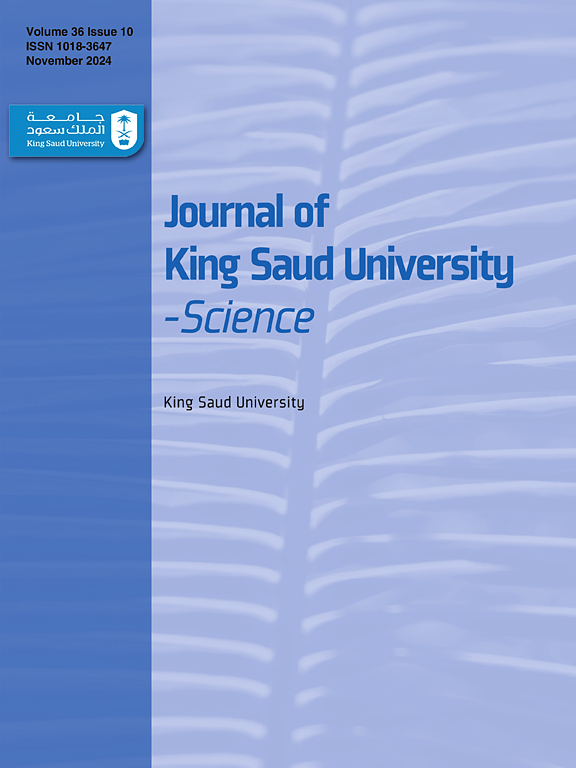Mechanisms of attachment and distribution of Nitzschia and Fragilaria at different flow rates
IF 3.6
3区 综合性期刊
Q1 MULTIDISCIPLINARY SCIENCES
引用次数: 0
Abstract
Algae in rivers will accumulate on the surface of bridges and other structures in water with the increase of time, which will pollute the water environment and cause serious corrosion on the surface of structures. Extensive literature studies have shown that flow rate as the basic hydrodynamic condition significantly affects the growth and aggregation of algae, yet how different flow rate influences the aggregation and distribution of attached algae is relatively unexplored. In this work, used microscopic observation and high-throughput sequencing combined with a field hanging test to compare the mechanism of attachment and distribution of Nitzschia and Fragilaria at the flow rates of 0.794 m/s and 0.538 m/s, respectively. Mechanistic study shows that the high flow rate reduced the species abundance ca.10 % under the same conditions by increasing the interaction between hydrodynamic and gravity. It found an improvement in species distribution uniformity in different places and periods showed by high flow rate when contrasted with low flow rate. This mechanism offers mechanistic insights into preventing corrosion and fouling of attached algae.
不同流速下刺草和花草的附着与分布机制
随着时间的增加,河流中的藻类会在水中的桥梁等构筑物表面积聚,污染水环境,对构筑物表面造成严重腐蚀。大量的文献研究表明,流速作为基本的水动力条件对藻类的生长和聚集有显著影响,但不同的流速如何影响附着藻的聚集和分布却相对未知。本研究采用显微观察和高通量测序相结合的方法,结合田间悬挂试验,比较了在流速分别为0.794 m/s和0.538 m/s时,Nitzschia和Fragilaria的附着和分布机制。机制研究表明,在相同条件下,高流量通过增加水动力与重力的相互作用使物种丰度降低约10%。结果表明,与低流量相比,高流量改善了不同地点和不同时期的物种分布均匀性。这一机制为防止附着藻类的腐蚀和污染提供了机理见解。
本文章由计算机程序翻译,如有差异,请以英文原文为准。
求助全文
约1分钟内获得全文
求助全文
来源期刊

Journal of King Saud University - Science
Multidisciplinary-Multidisciplinary
CiteScore
7.20
自引率
2.60%
发文量
642
审稿时长
49 days
期刊介绍:
Journal of King Saud University – Science is an official refereed publication of King Saud University and the publishing services is provided by Elsevier. It publishes peer-reviewed research articles in the fields of physics, astronomy, mathematics, statistics, chemistry, biochemistry, earth sciences, life and environmental sciences on the basis of scientific originality and interdisciplinary interest. It is devoted primarily to research papers but short communications, reviews and book reviews are also included. The editorial board and associated editors, composed of prominent scientists from around the world, are representative of the disciplines covered by the journal.
 求助内容:
求助内容: 应助结果提醒方式:
应助结果提醒方式:


